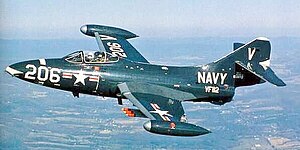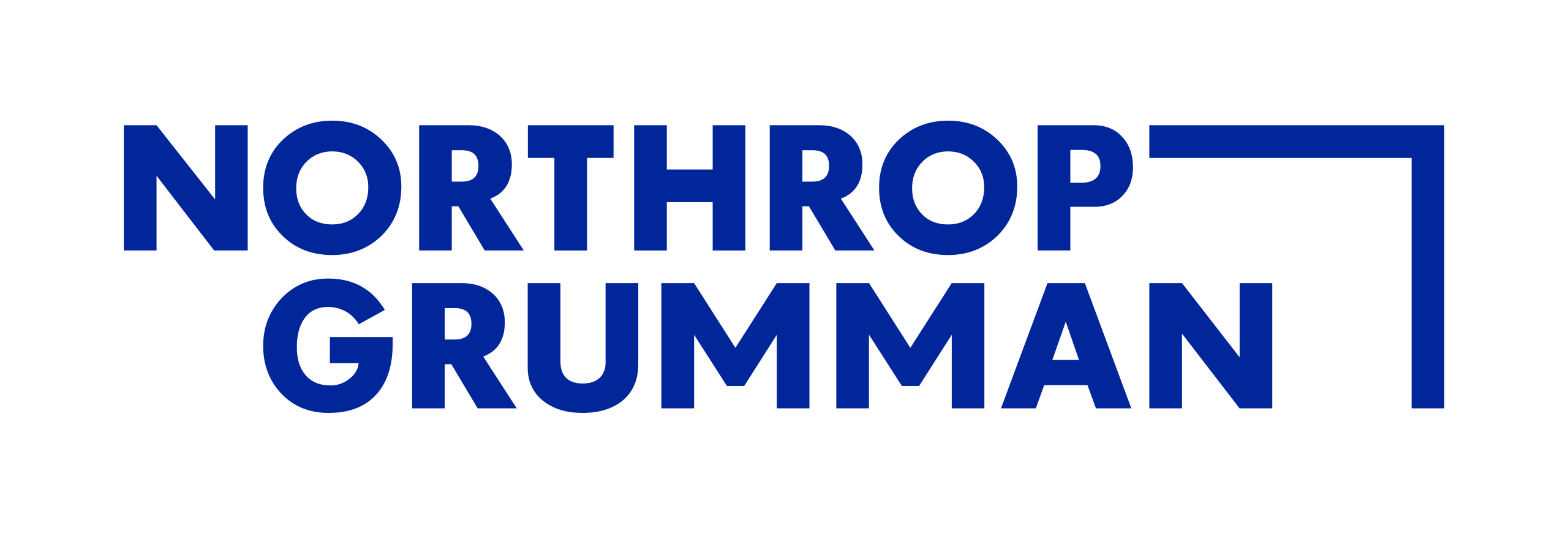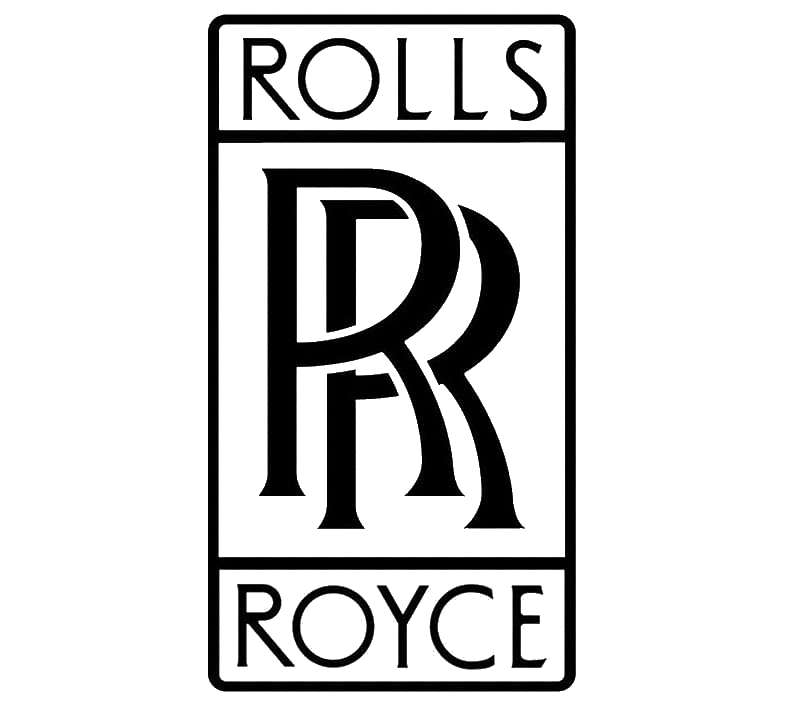Grumman Aerospace Grumman F9F Panther
 |
|
| General information | |
|---|---|
| Type | Carrier-based fighter-bomber |
| Manufacturer | Grumman |
| Primary users | United States NavyUnited States Marine Corps Argentine Navy |
| Number built | 1,385 |
| History | |
| Introduction date | May 1949 |
| First flight | 21 November 1947 |
| Retired | 1958, U.S. Navy1969, Argentina |
| Developed into | Grumman F-9 Cougar |
.
History Grumm![]() an Aerospace
an Aerospace
Grumman F9F Panther
Introduction date May 1949
First flight 21 November 1947
Design and development
Background


The origins of the Panther can be traced back to development studies performed by Grumman into jet-powered fighter aircraft near the end of World War II. The company was keen to capitalise on the emergence of the first practical jet engines by integrating them into a new aircraft design. This design, which was internally designated G-75, was submitted to a United States Navy competition that sought a jet-powered night fighter to equip its aircraft carriers with. However, on 3 April 1946, it was announced that the Douglas F3D Skyknight, a competing two-seat aircraft powered by four Westinghouse J30 turbojets, had been selected. On 11 April 1946, the Navy's Bureau of Aeronautics (BuAer) issued a development contract to Grumman to produce a pair of G-75 prototypes, which were given the Navy designation XF9F-1, in case development of the Skyknight encountered severe problems
Operational history
US Navy

0
KmTake off Distance
0
mRange
0
Km.hAircraft Speed
0
Max Crew
Photo Gallery
Grumman F9F Panther
Introduction date May 1949
First flight 21 November 1947


Grumman Aerospace Corporation
Grumman F9F Panther
Introduction May 1949
First flight 21 November 1947
General characteristics
- Crew: 1
- Length: 38 ft 10 in (11.84 m)
- Wingspan: 38 ft 0 in (11.58 m)
- Height: 12 ft 3 in (3.73 m)
- Wing area: 250 sq ft (23 m2)
-
Powerplant
- Empty weight: 10,147 lb (4,603 kg)
- Gross weight: 18,721 lb (8,492 kg)
- Powerplant: 1 × Pratt & Whitney J48-P-6A turbojet, 6,250 lbf (27.8 kN) thrust
Specifications
- Maximum speed: 503 kn (579 mph, 932 km/h) at 5,000 ft (1,500 m)
- Cruise speed: 774 km/h)
- Range: 2,100 km
- Service ceiling: (13,000 m)
- Rate of climb: 5,090 ft/min (25.9 m/s)
Armament
-
- Guns: 4 × 20 mm (0.79 in) AN/M3 cannon, 760 rounds total
- Hardpoints: 8 with a capacity of 3,465 lb (1,572 kg)
-
-
Links to Youtube & Others
The Panther was the primary jet fighter and ground-attack aircraft of both the US Navy and USMC during the Korean War. It was the widest used Navy jet fighter of the conflict, cumulatively flying 78,000 sorties. F9F-2s, F9F-3s and F9F-5s, as rugged attack aircraft, were able to sustain operations despite being frequently opposed by intense anti-aircraft fire.
Grumman
F9F Panther
Grumman F9F Panther is an early carrier-based jet fighter designed and produced by the American aircraft manufacturer Grumman.
Youtube Link
The Argentine Panthers were involved in the general mobilization during the 1965 border clash between Argentina and Chile,













